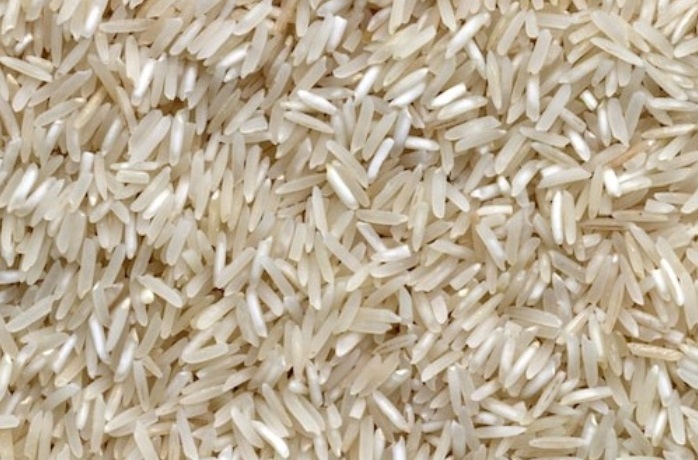W8 Rice Update: Record Highs in Indian Rice, Declines in Vietnam, and Climate Concerns in Indonesia

Indian Rice Prices Reach Record Highs Amidst Tight Supply and Cautious Demand
Indian rice prices surged to record levels this week, driven by a combination of tightening supply and a modest increase in demand. Indian 5% broken parboiled rice prices surged to a record high of USD 546 to 554 per metric ton (mt), exceeding W7's record of USD 542 to 550/mt. Tight supply conditions due to government restrictions on exports and lower production levels contributed to the price increase. While demand remained subdued compared to historical levels, it witnessed a slight improvement compared to the previous week. This could be due to various factors, including potential pre-season buying or increased import activity from specific regions. Despite the price rise, Indian rice is reportedly still considered comparatively cheaper than rice from other exporting regions, potentially positioning it as a more attractive option for certain buyers.
Unlike India, rice prices in Vietnam have experienced a downward trend, with 5% broken rice offered at USD 625 to 630/mt from W7’s USD 637 to 640/mt. This decline is due to rising domestic stocks and potentially weaker export demand. Thai 5% broken rice prices saw a minor increase to USD 615/mt from USD 610/mt. The reason for this rise is attributed to fluctuations in the local Thai currency (THB) rather than a significant shift in supply or demand. While the competitors are experiencing price decreases, India's comparative pricing advantage could potentially maintain its position in the global market despite the price rise.
Indonesian Rice Prices Rise Amid Concerns Over Climate Impact on Production
Rice prices in Indonesia have experienced significant upward pressure in the last two weeks, surpassing established government-set Highest Retail Prices (HET) for both premium and medium varieties. Data from the Food Agency Price Panel indicates sustained rice price increases. While premium rice prices experienced a slight decrease on February 25, 2024, remaining at USD 1.01 per kilogram (kg), they still exceeded the HET of USD 0.88 to 0.94/kg for different zones. Medium-size rice prices also continued to rise, reaching USD 0.92/kg, significantly higher than the HET of USD 0.69 to 0.75/kg.
The National Food Agency (BAPANAS) attributes the price surge to the uncertain impact of climate change on rice production. Recent heavy rainfall in areas like Grobogan has led to flooding, potentially damaging crops and impacting future harvests. Concerns remain regarding insufficient precipitation in other regions, potentially hindering production. Despite the current production deficit, Bapanas anticipates a surplus in Mar-24, estimated at around 3.5 million metric tons (mmt). This surplus is expected to continue in the following months, potentially leading to downward price adjustments.